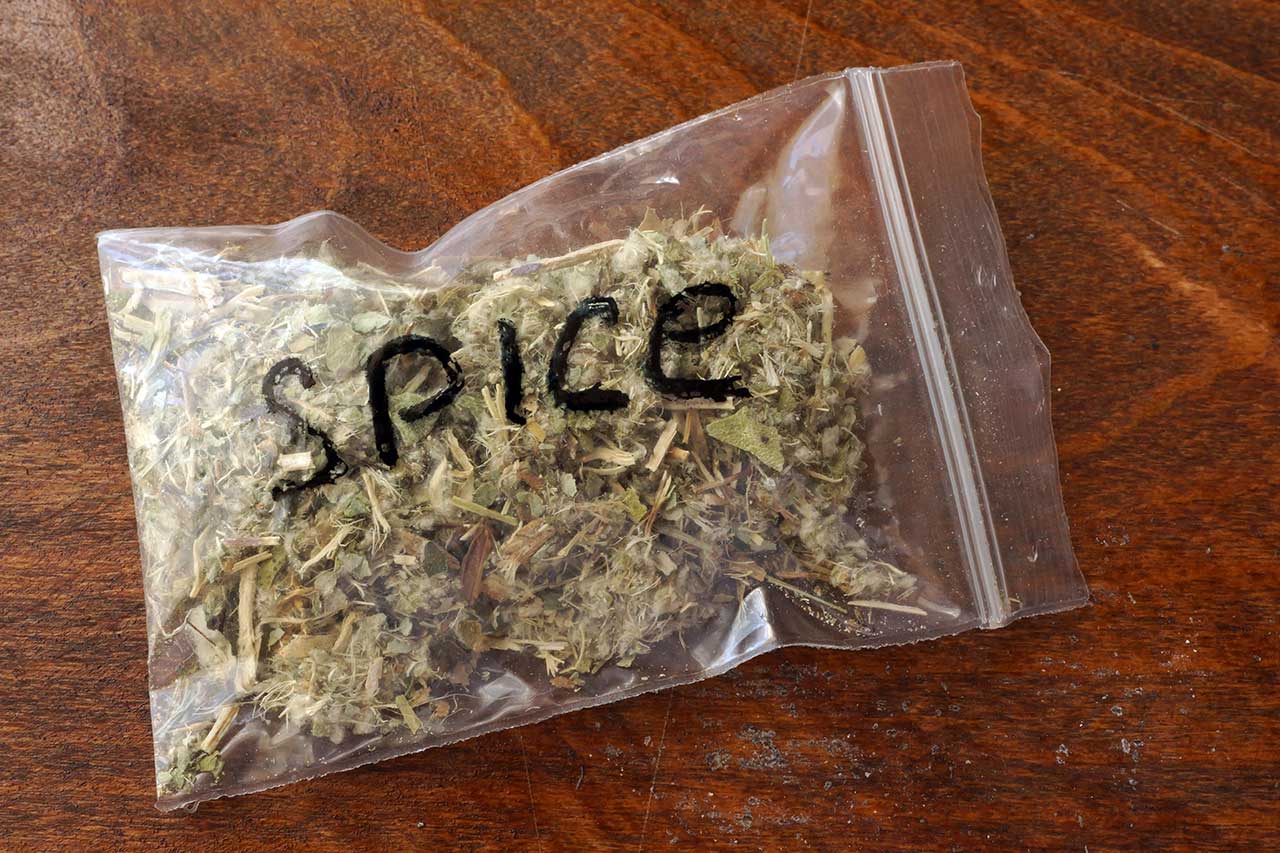Phenibut is a substance that acts as a central nervous system depressant. Although Phenibut is a regulated and prescribed substance in Russia, it’s unregulated and uncontrolled in the U.S., making it available for all kinds of risky uses. With that said, mixing substances is nothing new – some people do it intentionally to experience a certain high, while others do it unintentionally. Alcohol is commonly abused with other drugs, and today we’re looking into the effects of mixing Phenibut and alcohol.
What Is Phenibut?
Phenibut is a synthetic nootropic drug (smart drug or cognitive enhancer) that was developed in Russia. Although it’s controlled and available by prescription in Russia, Phenibut is not regulated or controlled in the U.S., meaning that it can be purchased at any time.
Phenibut is classified as a gabapentinoid, meaning it acts as a central nervous system depressant to reduce nerve activity and produce sedative and calming side effects. As a prescription medication in Russia, it’s used to treat anxiety disorders, insomnia, and PTSD.
But in the U.S., Phenibut is legal to possess and use and is usually purchased online as a marketed nootropic. Nootropics refer to supplements that are supposed to improve cognition or have positive effects on a person’s ability to think. Many people take these substances to improve their performance at work or school, for example.
Many people use Phenibut to self-medicate a variety of problems, such as social anxiety. Phenibut works similarly to other depressants, like benzodiazepines, by stimulating GABA receptors in the CNS.
GABA is a neurotransmitter that inhibits or reduces activity in the brain, allowing the person to feel more relaxed. Unlike other GABA supplements, Phenibut can cross the blood-brain barrier, which is one of the reasons why it can have such a significant impact on people.
In addition to the stimulation of GABA receptors, Phenibut is believed to also increase dopamine levels in the brain, contributing to positive and rewarding feelings in users. Even though Phenibut is uncontrolled in the U.S., it doesn’t come without its risks.
Phenibut can produce extreme sedation, nausea, and dizziness. It can also produce more serious long-term effects, such as tolerance, dependence, and even addiction.
Due to its impact on GABA and dopamine levels in the CNS, Phenibut can quickly become the source of drug addiction, as well as polysubstance abuse. When people take Phenibut often, they develop a tolerance to it, which can eventually develop into physical dependence.
If someone is dependent on Phenibut and they suddenly reduce their doses or stop cold turkey, they may experience withdrawal symptoms like nausea, vomiting, anxiety, hallucinations, panic, psychosis, insomnia, and more. As you can imagine, for someone who takes this substance to manage anxiety, these effects are quite undesirable.
Side Effects of Mixing Phenibut and Alcohol
It’s not uncommon for people to mix Phenibut with other substances, usually because they don’t realize how dangerous the interaction can be. People tend to believe that just because a substance is not controlled or illegal, that it’s safe. Well, this isn’t always the case.
Another reason people may mix Phenibut with alcohol or other CNS depressants like opioids is that Phenibut potentiates depressants, meaning it enhances their side effects. As a potentiate, Phenibut can intensify the effects of alcohol, such as drowsiness, sedation, mood swings, euphoria, impulsive behavior, nausea, vomiting, loss of coordination, and more.
People who mix alcohol and Phenibut may especially experience nausea and vomiting the next day. Phenibut can even produce a hangover-like effect, so someone who mixes it with alcohol may feel very sick the day after.
Some side effects of Phenibut and alcohol include:
- Extreme sedation
- Euphoria
- Mood swings
- Slowed or slurred speech
- Difficulty concentrating
- Nausea and vomiting
- Diarrhea
- Headache
- Trouble focusing or making decisions
- Impaired judgment
- Impulsive behavior
- Loss of consciousness or gaps in memory (blackout)
Additionally, while Phenibut is unlikely to produce an overdose on its own, mixing Phenibut and alcohol can lead to toxicity and overdose. Because both of these substances are depressants, taking them together can overwhelm the CNS, flooding the body with more drugs than it can safely process.
With alcohol and Phenibut together, there’s also a chance of extreme sedation, to the point where the person loses consciousness or “blacks out.” However, arguably the deadliest side effect of this combination is respiratory depression, which refers to shallow or ineffective breathing. Respiratory depression is a common side effect of mixing depressants, which can lead to loss of consciousness, brain damage, and death.
Help for Polysubstance Abuse
Along with the immediate physical effects of Phenibut and alcohol, you should also think about the risk of addiction before experimenting with this combination. Both of these substances have the potential for abuse and addiction on their own, and together the risk of addiction is increased.
Alcohol can also worsen any underlying mental illness. Considering that most people who take Phenibut do so to manage disorders like anxiety, this combination can have the opposite effect.
If you or someone you know has developed a drug or alcohol problem, all hope is not lost. Our Massachusetts treatment center offers various levels of care for substance abuse treatment to help people with all kinds of addictions achieve physical and mental recovery.
In addition to substance-specific treatment programs and special therapies, our Clearbrook rehab even offers family therapy to help the loved ones of our patients heal from the impact of drug and alcohol abuse, as well. Don’t wait to get help.
For more information about our Massachusetts drug rehab programs, call Clearbrook Treatment Centers today at 570-536-9621.
Related Reading:







